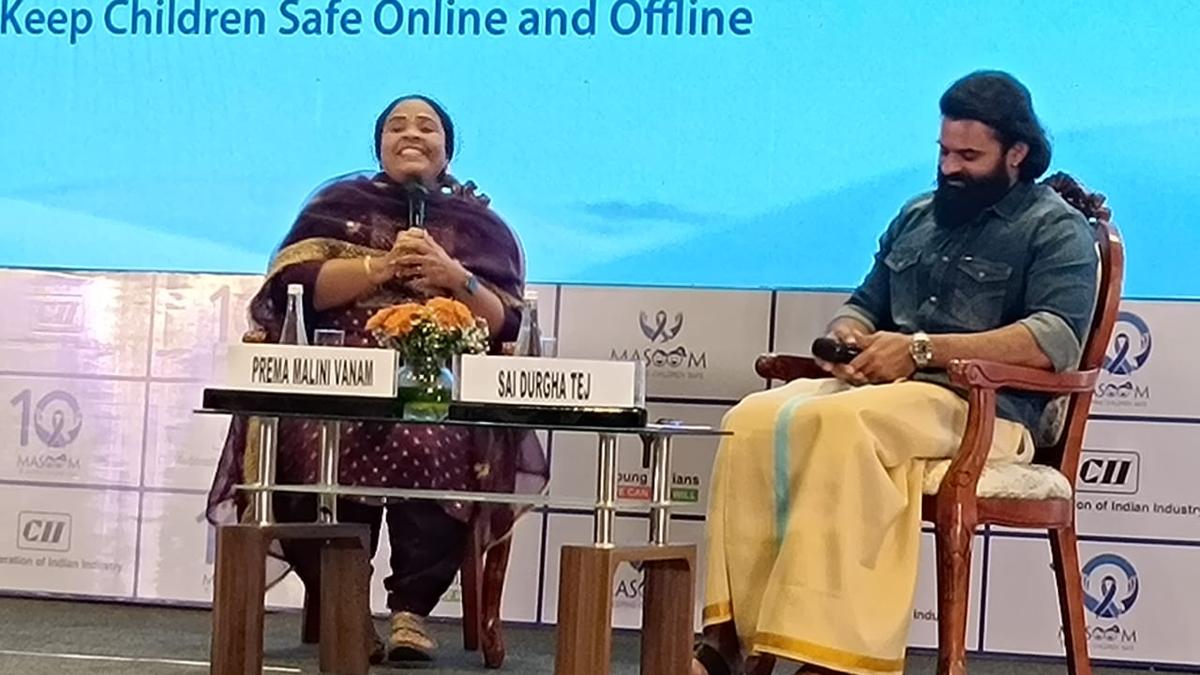GUWAHATI
Youth brigades across Assam’s Bodoland Territorial Region (BTR) are on a mission to “reclaim the climate”.
According to the India State of Forest Report 2023, the northeastern region comprising eight States lost forest cover over more than 3,000 sq. km between 2013 and 2023. The affected areas included the BTR, which accounts for 3.4% of the region’s landmass.
Seeking to reverse the trend, the Bodoland Territorial Council (BTC) authorities launched the Green Bodoland Mission in June 2024, entrusting much of the task of re-greening urban spaces and degraded forests to members of 176 youth clubs in the BTR.
“To promote plant survival through improved plant health management, an incentive of ₹50,000 per Green Brigade member was provided to these clubs. The idea behind this support was to encourage continued care of the plantations by strengthening local ownership and ensuring active post-plantation maintenance,” said Mark Daimari, an official associated with the flagship green mission.
The Green Brigades currently have about 6,000 members.
Apart from the youth clubs, schools, local councils, and women’s collectives have been enlisted under the mission for awareness programmes and tree-care training. The initiative has yielded results, with communities nurturing most of a targeted one crore saplings of native timber species, fruit-bearing trees, and medicinal and flowering plants on 2,000 hectares.
The mission is backed by a substantial budget allocated by the Pramod Boro-led BTR government during the 2023-24 fiscal, which also addressed plastic pollution and sustainable groundwater management.
Urban forests in Kokrajhar
To underscore its commitment, the BTR administration engaged youth in re-greening government spaces in urban and semi-urban settings.
Northeast India’s first indigenous forests using the Miyawaki method were thus established at two key sites — the BTC Secretariat and Kokrajhar Medical College — in Kokrajhar, the BTR headquarters, about 220 km west of Guwahati.
Spread over 6,000 square metres, these urban forests host 12,000 saplings of 45 indigenous species of trees and shrubs.
Local ownership of the Green Bodoland Mission is expected to deliver both short-term and long-term gains in the eco-sensitive eastern Himalayan foothills. These include soil and slope stabilisation, water security, groundwater recharge, biodiversity protection, human-wildlife balance, climate resilience, and heat mitigation.
By promoting fruit, fodder, timber, and non-timber plant species, the mission also aims to generate income streams for smallholders. Officials said fostering a “tree economy” is a major component of the initiative.



.png)
.png)
.png)
















 1 hour ago
4
1 hour ago
4








 English (US) ·
English (US) ·